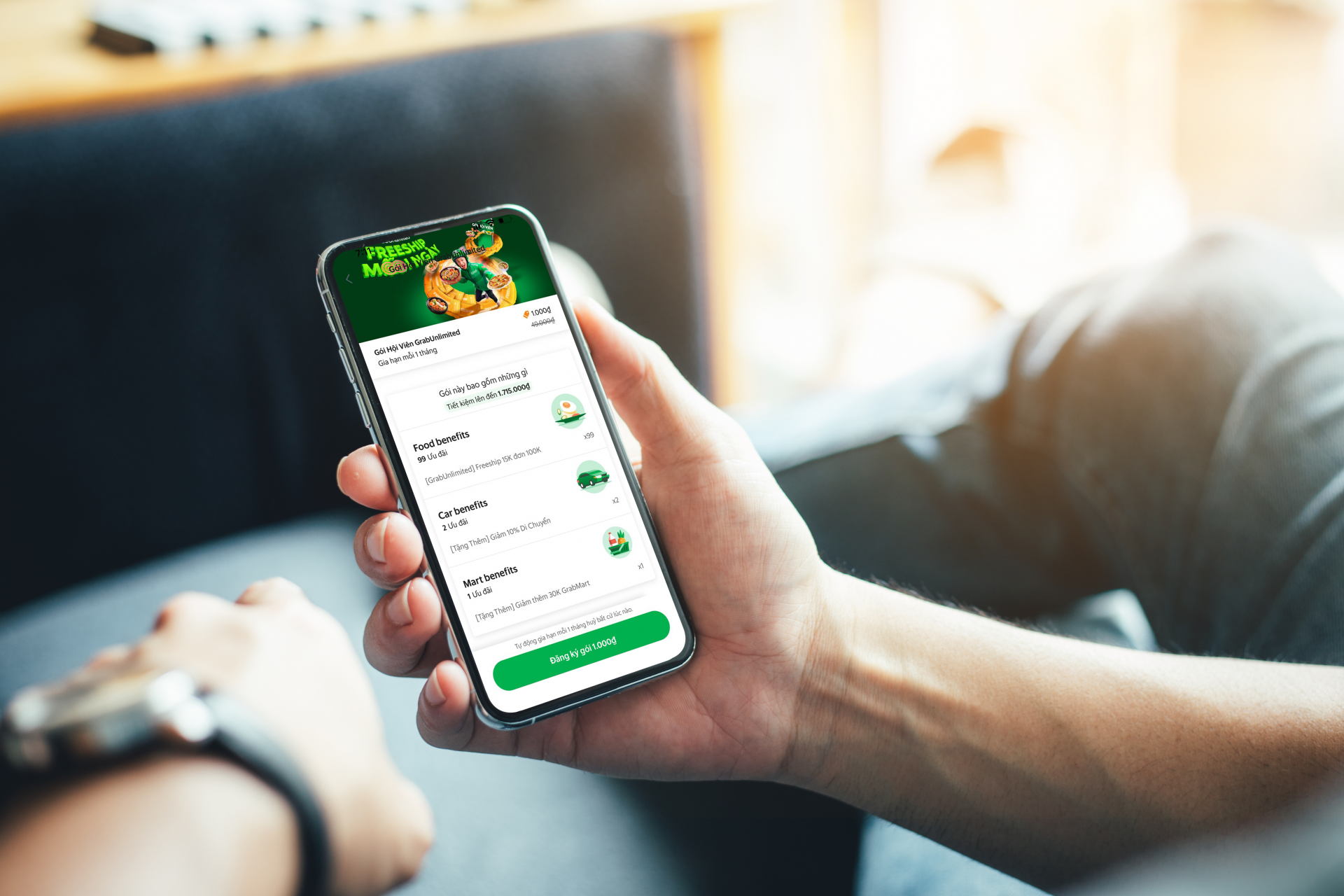Grab navigates affordability and sustainability
 |
| Alejandro Osorio, CEO of Grab Vietnam |
In the almost 12 months since you assumed your role at Grab Vietnam, what significant changes have you seen at the company and in the economy itself in that time?
As economic challenges globally translated to Vietnam as an export-driven market, there has been a decrease in the appetite for spending. On the other hand, more drivers are looking to us as a source of potential income. We started to observe this trend after Lunar New Year and have since shifted our focus to affordability and productivity, as these would be the best way to stay relevant for our consumers.
Consumers today are more thoughtful about how they spend. For us to continue to drive the level of adoption, affordability and the maintenance of relevant services is crucial. Currently, we provide a wide range of everyday services for users, from those seeking high convenience to those seeking high affordability.
While you see Grab quite often around the key cities, in the grand scheme of things, there are still so many users who have yet to adopt our services. Our overall target is to become more accessible and reliable for those users in the long term, creating that true digital economy landscape that we aspire to. That, in turn, will continue to make us the preferred choice for drivers and merchant partners seeking increased income as well.
What are the primary challenges associated with implementing this affordability strategy?
Our investments over the years have created network efficiencies. The best way to drive pricing down is to have the right technology, making sure that our driver-partners can maximise every minute that they spend on our platform.
We have seen many common pitfalls, trying to cut pricing solely through promos or unhealthy subsidies. It's all about finding the right balance, with the right technological innovations, to drive higher demand from consumers on one side and higher earnings for driver-partners on the other. Between the first and third quarters of this year, we saw our driver-partners actually grow their average monthly earnings by 5 per cent. This illustrates that when executed effectively, such strategic initiatives can generate advantages for both consumers and drivers.
How can Grab maintain a competitive edge as electric vehicles (EVs) become more prominent in Vietnam?
When it comes to competition, we are still the app that offers the widest range of everyday services, including mobility, food, grocery, parcel delivery and digital payments. I don't see EVs as competition. Obviously, there are other platforms using EVs that have entered the market, but Grab, across the region, has consistently held a pro-partnership attitude towards EVs.
Our wide coverage of drivers and operating locations provides a fantastic opportunity for EV partners to join and roll out their own ecosystems, with Grab as a key partner. We already have some pilots in place with local partners, testing their two-wheel EV schemes, and we are currently looking for more partners to expand with. Rather than seeing them as competition, EVs are more of an opportunity for us to see how we and other partners in the industry can collaborate and develop a more sustainable ecosystem.
Is there any experience that stood out for you from your first year as CEO of Grab Vietnam?
I would say it’s the rollout of our GrabCar and GrabBike Economy services because these concepts didn't exist at the start of the year. We knew we had to do something about driving affordability, so Grab teams came together to envision how to offer new differentiated lower-cost services to the market. We then moved at lightning speed to launch those services.
With this, we are seeing increasing adoption, not just from consumers but drivers as well. For me, that’s a strong signal that we're onto something good, when we see traction growing on both sides. While drivers might complain initially because their focus was on higher fares, overtime they saw productivity gains and increased earnings on a daily and monthly basis. In turn, users use more. Because of that balance, more drivers online means higher reliability for consumers as well. That is what these kinds of innovations can do.
How does Grab see the future of mobility and technology in Vietnam?
The mass-transit landscape in Vietnam has been evolving quickly. Grab is just a small part of that. So many more people are driving cars today than in the past, and city governments are rolling out new train lines.
There are two opportunities that come to mind for me. The first is multimodal transit. As new train or bus lines come in, there needs to be a mechanism to connect commuters to those hubs. Services like Grab can play a key role here. For example, as more users start to take the train, Grab can collaborate with local governments to better integrate with their systems, allowing users to book rides to and from the stations. That helps relieve congestion for the majority of the commute, while also driving adoption.
The second is actually a service that is already available in a number of markets, which is shared mobility. A single vehicle can take two or three different commuters, allowing us to bring pricing down for the users and up for the drivers at the same time. Additionally, we can now better utilise the drivers' assets and put fewer vehicles on the road.
These kinds of innovations are critical not just to drive adoption of our services, but also to solve the emerging traffic needs of cities like Hanoi and Ho Chi Minh City. While we have not yet launched them in Vietnam, I foresee that we will at some point in the future.
 | Grab Vietnam unveils the GrabUnlimited membership package Grab Vietnam has launched the GrabUnlimited membership package in Ho Chi Minh City and Hanoi to ease customers' concerns amidst rising costs. |
 | Grab Vietnam CEO reveals sustainability plans In an interview with VIR, CEO of Grab Vietnam Alejandro Osorio shares Grab's strategic plans on adoption of electric vehicles, ongoing pilot programmes for sustainable transport, and the group's commitment to carbon neutrality. |
 | Insights from the road: Grab's immersive approach to product development Immersion has been a pivotal strategy for Grab’s executives, as part of a prominent ride-hailing company, to get closer to the road and walk in the shoes of their driver and merchant partners. Philipp Kandal, Grab's chief product officer, spoke to VIR's Linh Le about his overall product vision and strategic initiatives for Grab, and shared his experiential insights gained from manoeuvring through the intricacies of the Vietnamese market. |
What the stars mean:
★ Poor ★ ★ Promising ★★★ Good ★★★★ Very good ★★★★★ Exceptional
Related Contents
Latest News
More News
- CONINCO announces new chairman and CEO (December 10, 2025 | 11:00)
- How AWS is powering the next-gen data era (December 09, 2025 | 13:14)
- Outlook in M&A solid for Singapore (December 08, 2025 | 10:31)
- Vietnamese firms are resetting their strategy for global markets (December 05, 2025 | 17:04)
- LPBank Securities accelerates AI and data innovation with AWS (December 05, 2025 | 09:00)
- Improving traceability capacity with Zebra Technologies (November 26, 2025 | 10:08)
- Ho Chi Minh City engages 500 CEOs in dialogue on building global megacity (November 25, 2025 | 16:00)
- CEO shares insights on Phu My 3 IP’s journey to green industrial growth (November 17, 2025 | 11:53)
- NS BlueScope CEO highlights decade of sustainable steel efforts (November 15, 2025 | 10:00)
- SCG maintains strong cash flow and drives low-carbon growth in Q3 (November 07, 2025 | 09:53)

 Tag:
Tag:





















 Mobile Version
Mobile Version